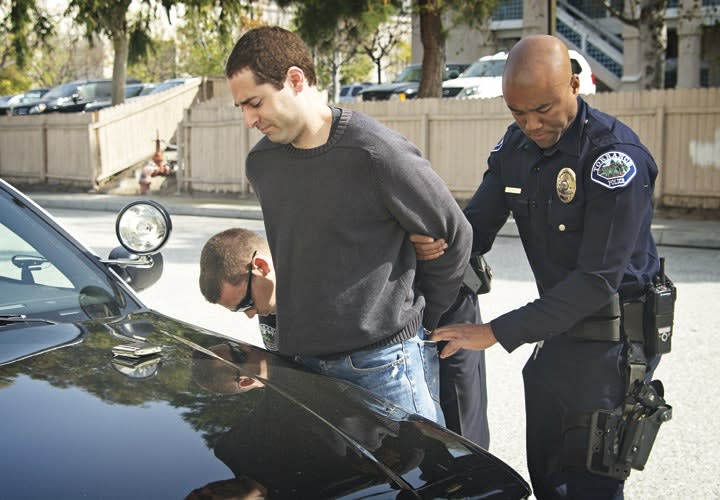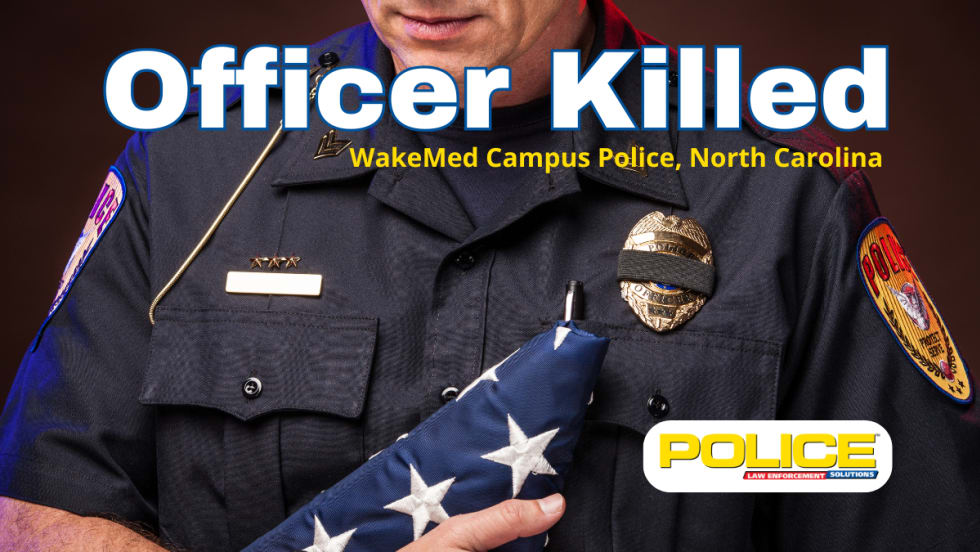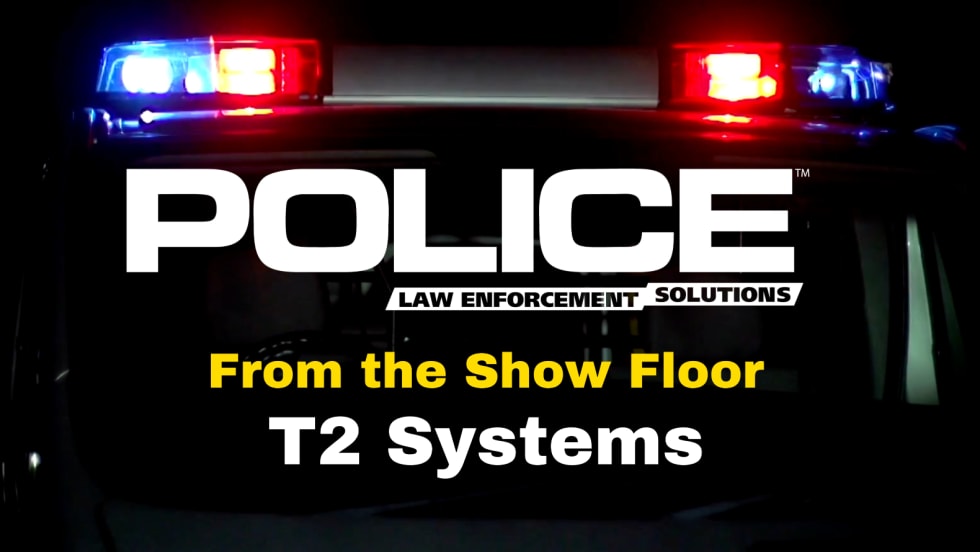In Cleveland,three men were seen walking back and forth, apparently casing a store for a robbery when they were stopped and frisked by a policeman. One of the men, John Terry, was carrying a handgun, which he later moved in court to suppress as the "fruit" of Fourth Amendment violation. Rejecting this motion, the U.S. Supreme Court ruled that both the stop and the frisks of Terry and his accomplices were reasonable.
As the first step in its analysis, the court recognized that two distinct Fourth Amendment activities were involved. Said the court, "We must decide whether and when the officer 'seized' Terry, and when he conducted a 'search'."
As for the seizure, the court noted the constitutional differences between arrests and detentions. Arrests usually involve taking physical custody of a person and transporting for booking or further investigation; a seizure of this magnitude must be supported by probable cause. By contrast, detentions are typically brief investigative stops of vehicles or pedestrians to confirm or dispel an officer's suspicion; these temporary seizures need only be justified with reasonable suspicion of criminal activity, a standard which is much lower than the PC needed for arrest, and which can be based on information that is lower in quantity and reliability than is needed for PC.
In the court's words, to justify the stop, "the police officer must be able to point to specific and articulable facts which, taken together with rational inferences from those facts, reasonably warrant that intrusion." Subsequent decisions have described this standard simply as "reasonable suspicion." In Terry, the court held that the suspicious conduct of the three men in casing the store for a planned robbery, as seen by an experienced officer, justified the stop.
As for the search, the court acknowledged the likelihood that men intent on committing a robbery would be armed with weapons that could be used against the officer during the stop. This would justify the frisk of outer clothing to detect any such weapons and to disarm the suspects.













